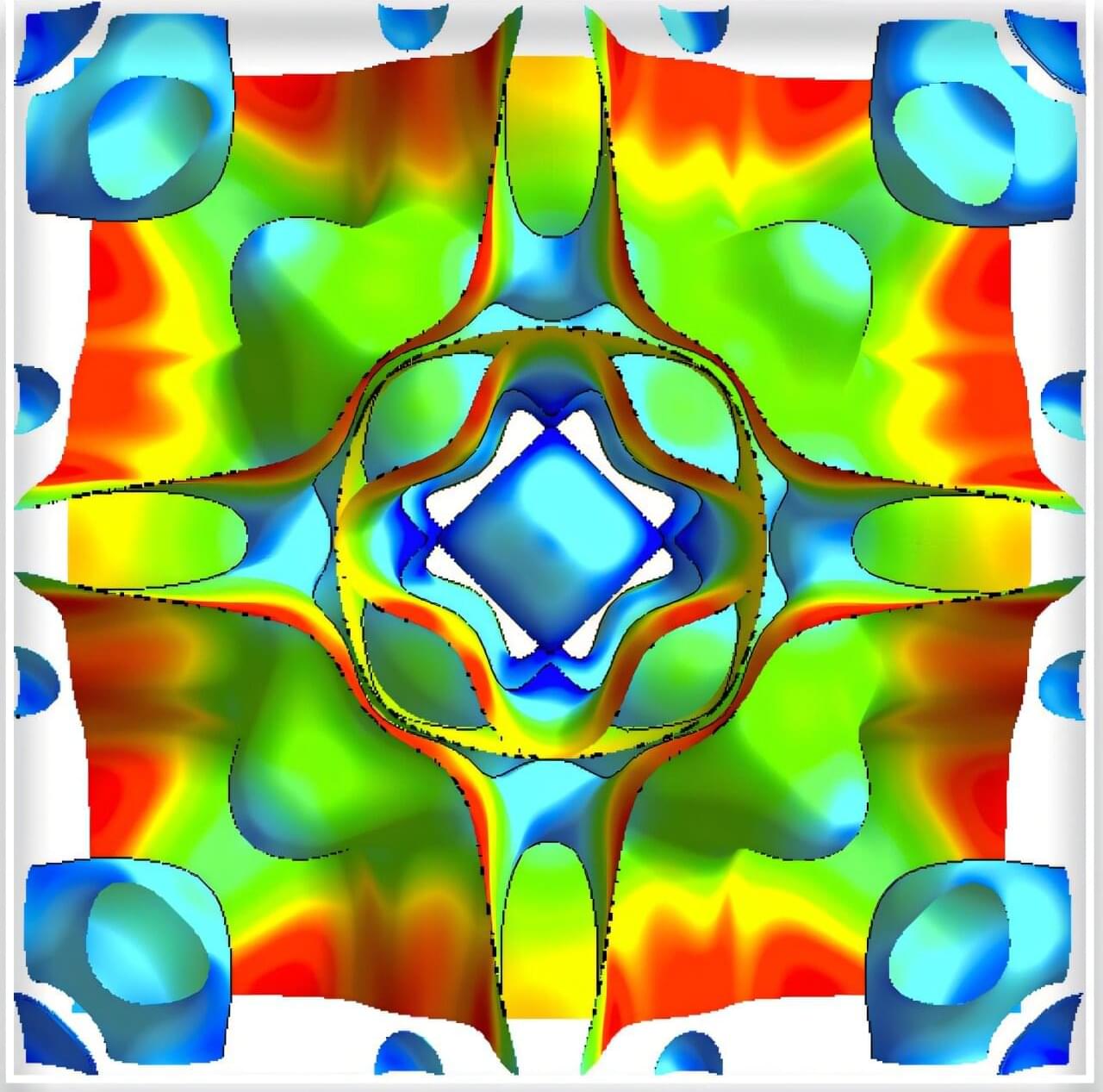One of the main proteins that contributes to Alzheimer’s disease is called phospho-tau (p-tau). When p-tau gets too many phosphate groups attached to it (a process called hyperphosphorylation), it starts to stick together and form clumps called “tangles” inside of brain nerve cells.
A new study by Mass General Brigham investigators shows that tau hyperphosphorylation may be a consequence of an antiviral response that protects the brain from infection. Results are published in Nature Neuroscience.
“As a geneticist, I always wondered why humans had evolved gene mutations predisposing to Alzheimer’s disease,” said senior author Rudolph Tanzi, Ph.D., Director of the McCance Center for Brain Health and Genetics and Aging Research Unit in the Mass General Brigham Department of Neurology.








